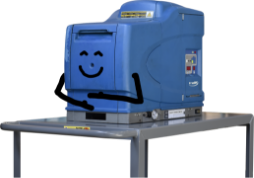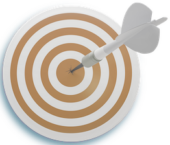Time-Based vs Distance-Based Pattern Controllers

While most adhesive machines are designed with a PLC, sometimes operators or mechanics have to change the pattern settings if and when the production line is changing speeds. If you’re not sure what a pattern controller is, continue reading before you make any adjustments.
What Are Pattern Controllers?
Pattern controllers are exactly what they sound like – they control when and how glue will be dispensed from your equipment. The two types of pattern controllers are time-based and distance-based. Regardless of which you use, the pattern controller will need a photo eye or trigger switch to allow it to detect incoming material and dispense the adhesive.
But how do you know which type to use? It all comes down to your production line.
Should I Use a Distance-Based Pattern Control?
A distance-based pattern control will work best for you if the machine that does the gluing runs at variable speeds. That’s because as the line speed changes, the time that the piece will be in front of the glue applicator changes. No matter the speed at which the material is moving, the glue will be applied the same distance.
Note that if you use a distance-based pattern control, you’ll also need to mount an encoder on the equipment to track the speed and track the distance of your production line.
Should I Use a Time-Based Pattern Control?
If your equipment runs at a fixed speed, that’s when you’ll need to use a time-based pattern controller. In this case, the equipment will reliably dispense the adhesive because it knows exactly when the material will be in front of the applicator.
Time-based pattern controllers are typically less expensive than their distance-based counterparts, but the sacrifice is that they’re slightly less accurate.
If you’re not sure which type of pattern controller will work best on your production line or if you need help adjusting your pattern controller, give us a call. CGM is here to help!












